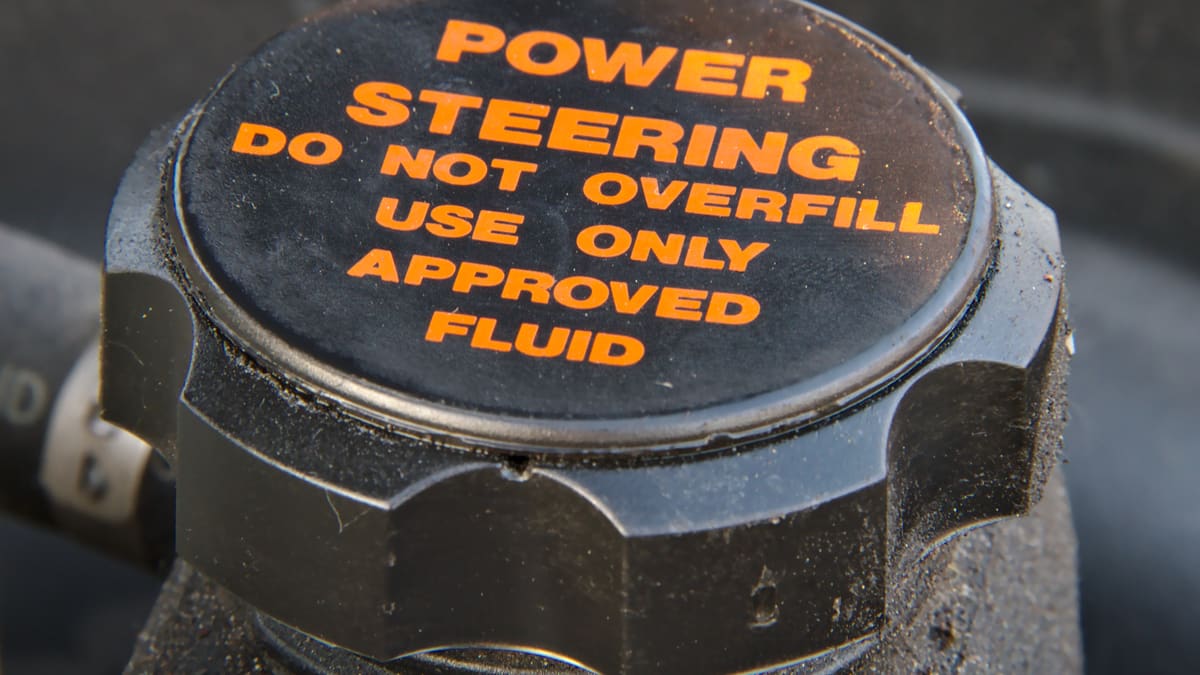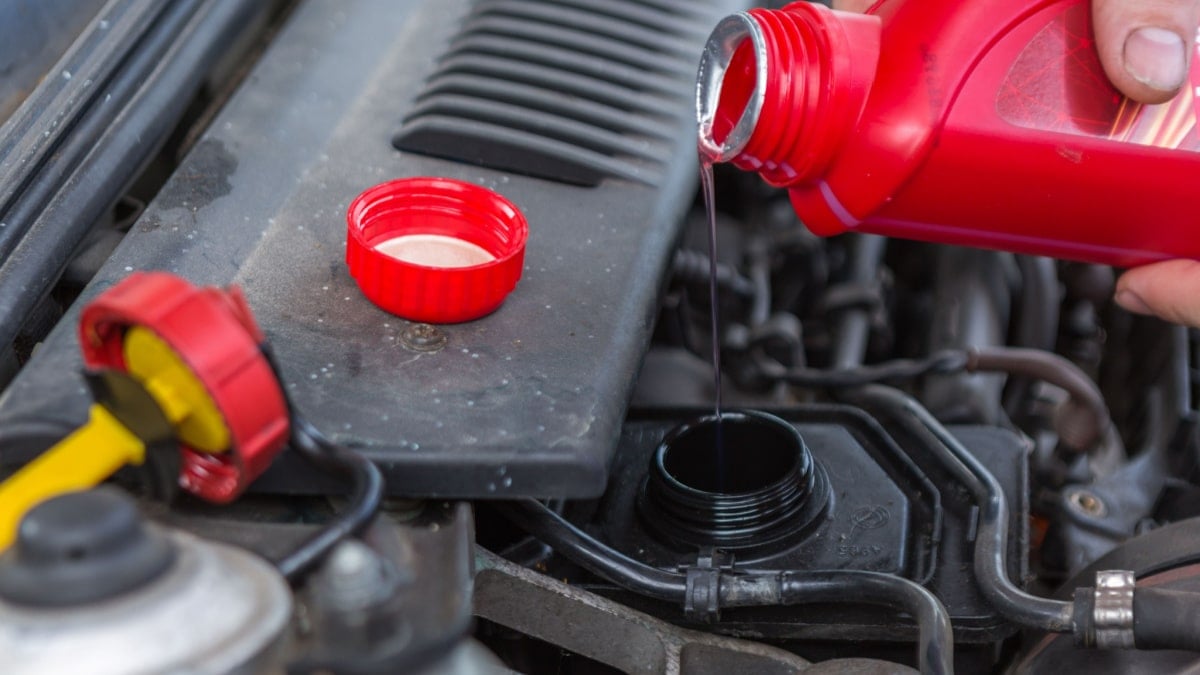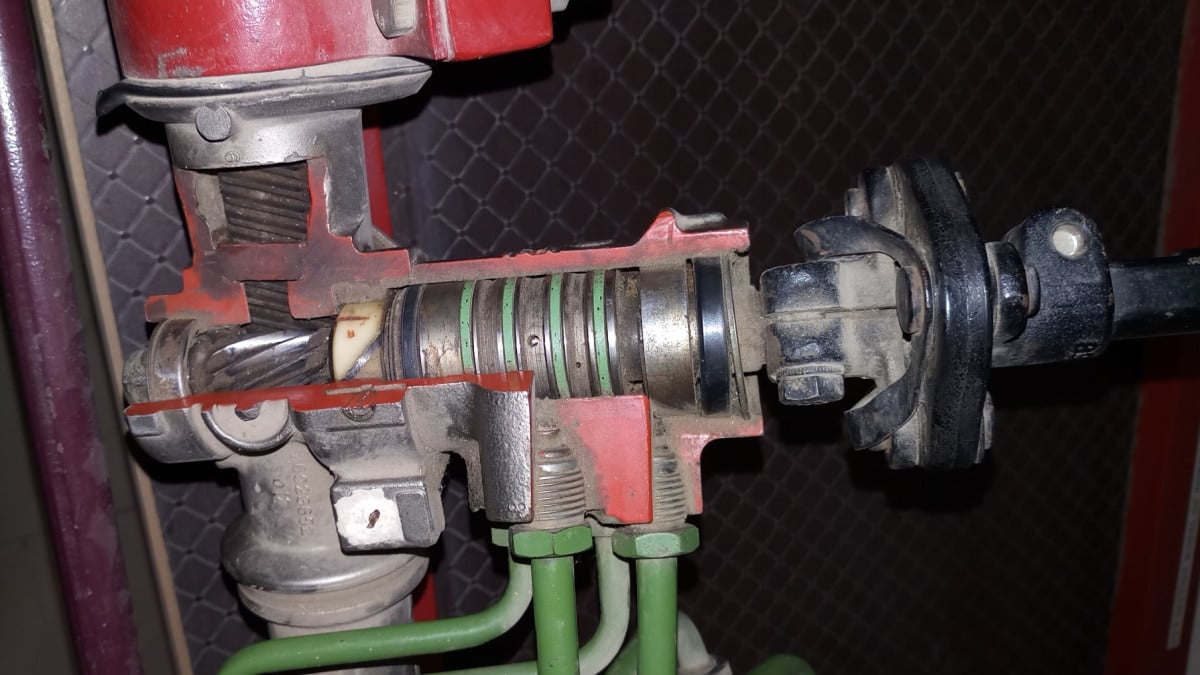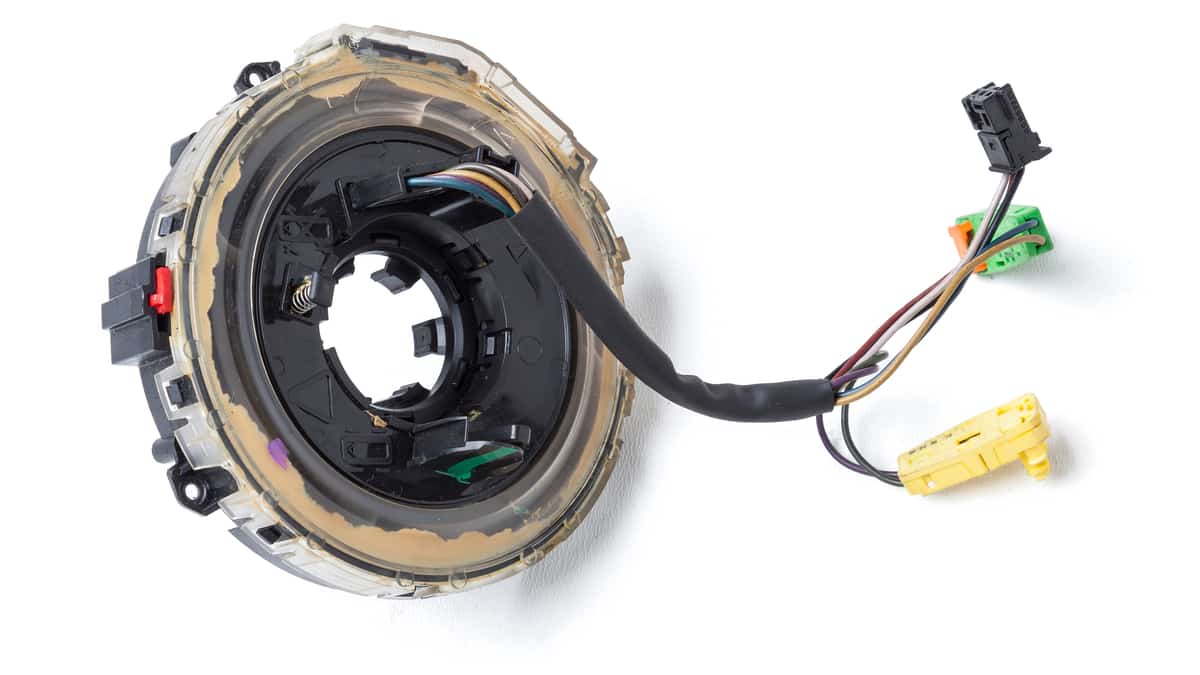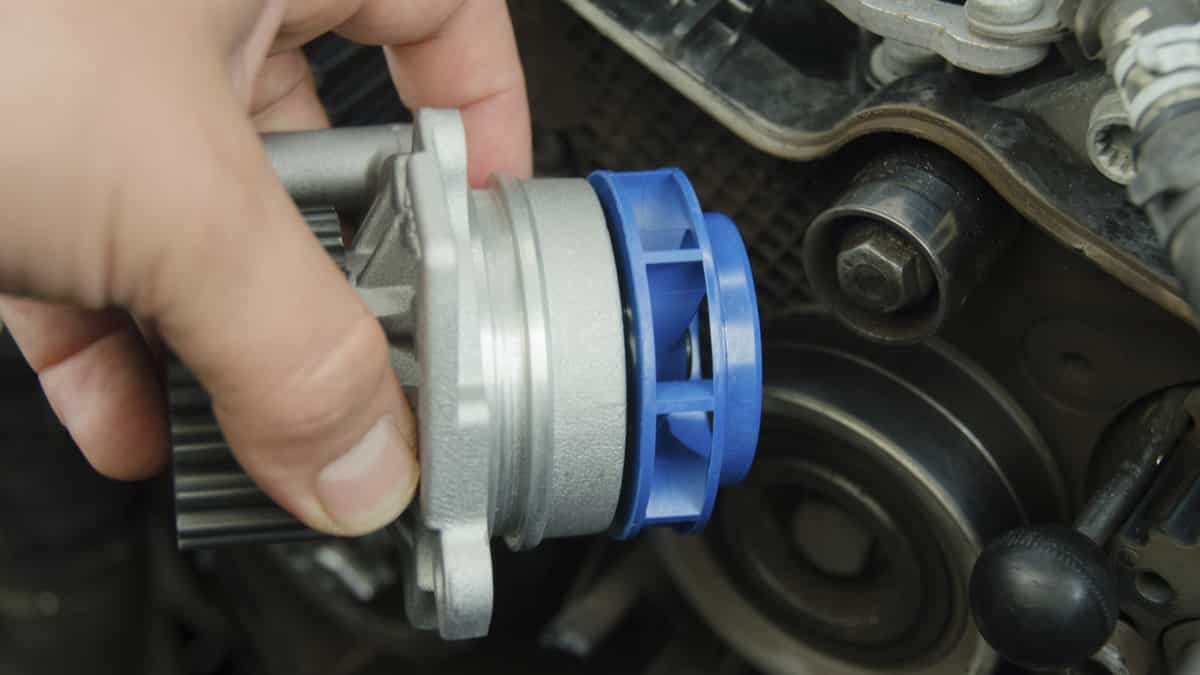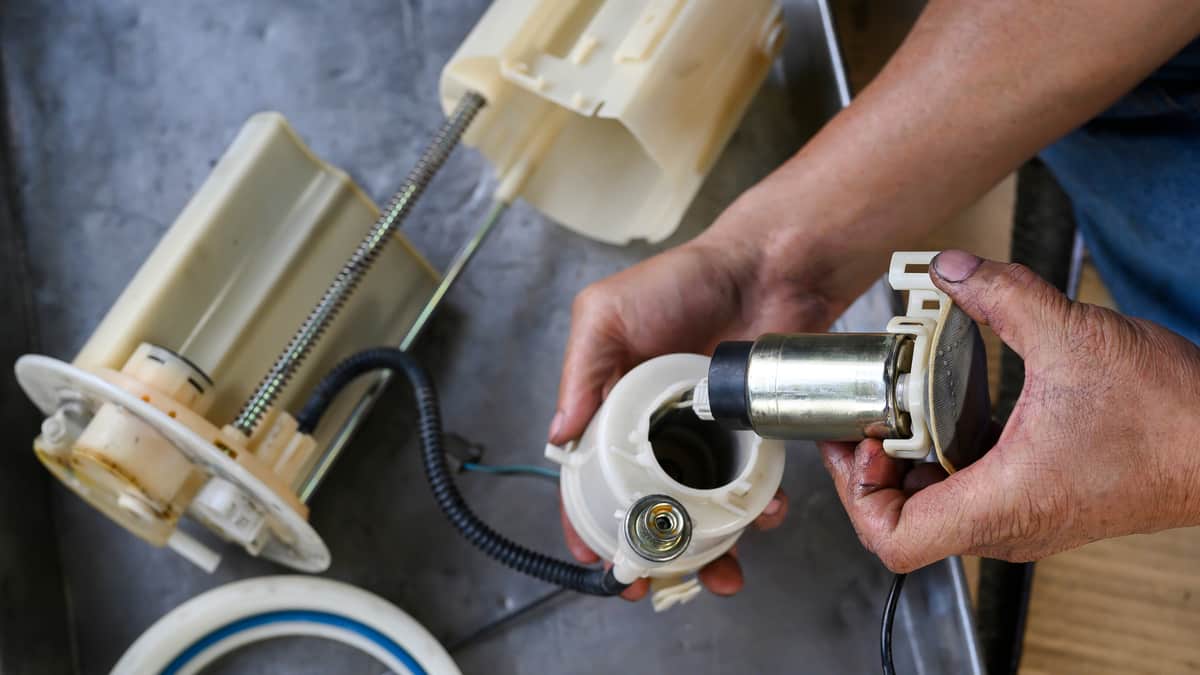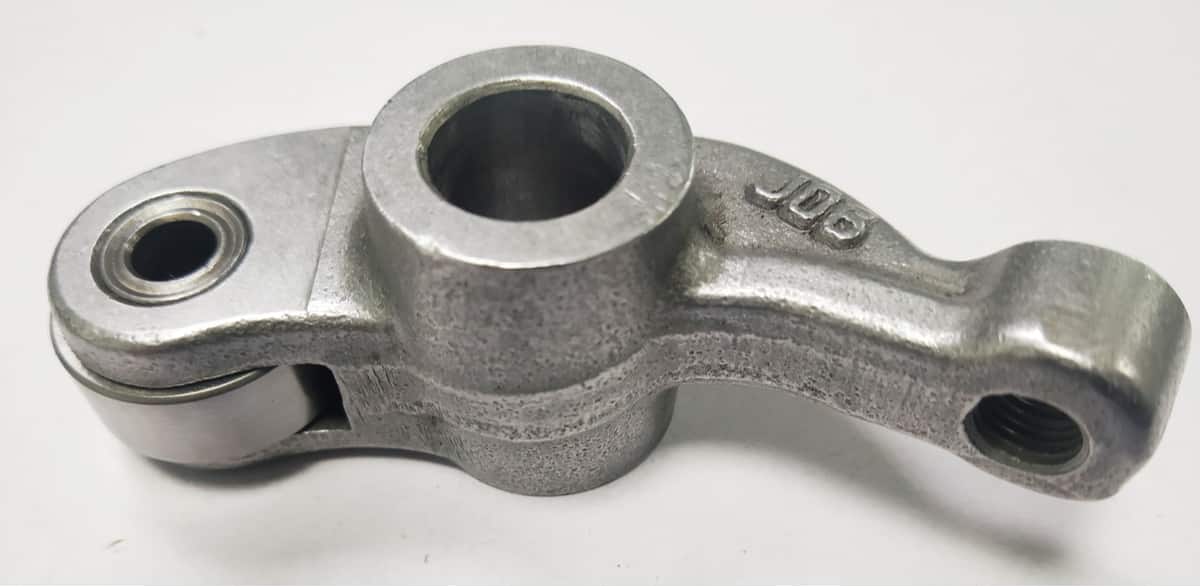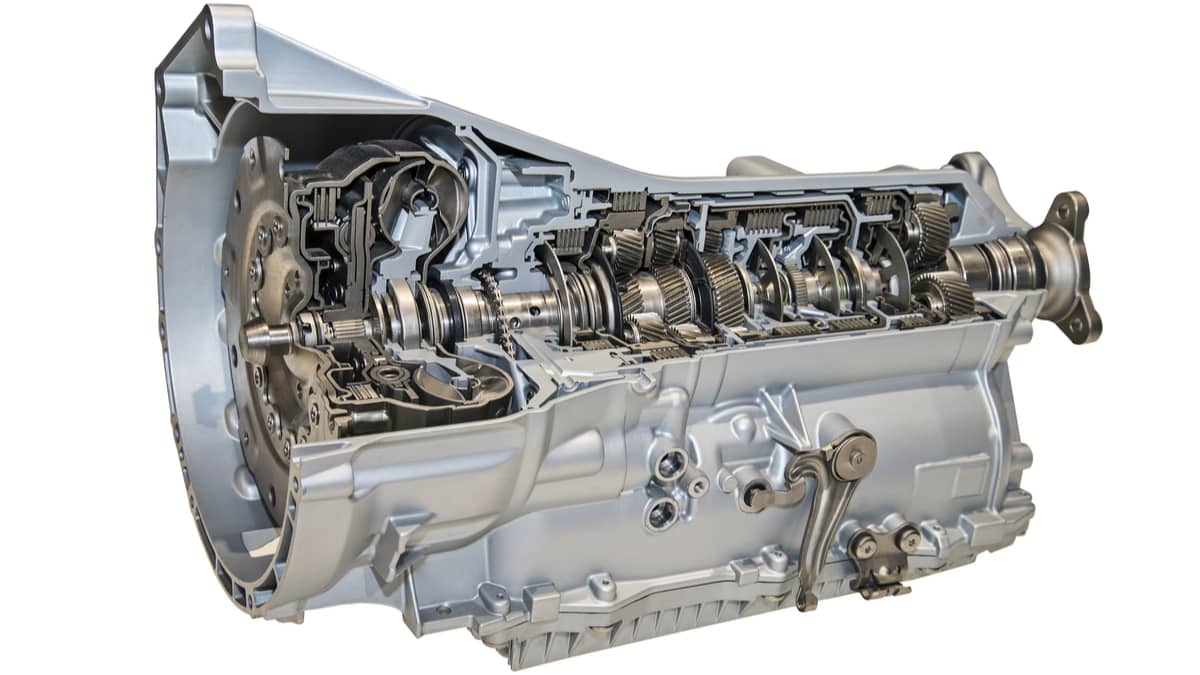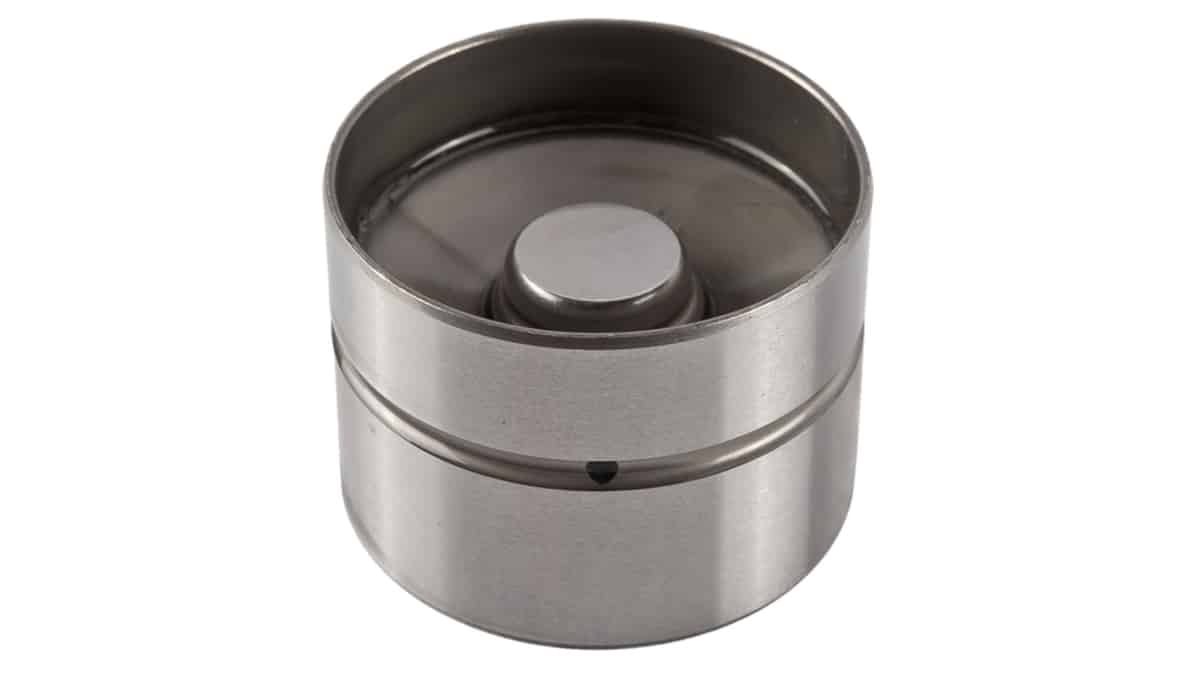Power steering has been a staple on vehicles since the 1950s. Today, few people would know how to drive without this steering support. Yet, when the power steering pump starts to fail, they get a little taste of what it might be like. To prevent driving problems, it’s best to know the most common bad power steering pump symptoms.
We review what’s most likely to happen when the power steering pump fails and show you the function of this vital part. We also give you the location of it, so you can test it and we answer your most important questions. Finally, we will tell you the approximate cost for repairs in case you need to have your power steering pump replaced.
Symptoms Of A Bad Power Steering Pump
When the power steering pump starts to fail, you will feel a heavy or stiff wheel, as well as have a struggle with rough or jerky steering. It can also cause a squealing or knocking noise, an illuminated power steering warning on the dash, or you may notice metal flakes in the fluid.
Let’s take a look at these symptoms a little closer.
1. Heavy or Stiff Steering

When the power steering pump fails, the car starts to feel like it has a manual steering system. The wheel gets difficult to turn, almost as if you need to be a bodybuilder in order to control the vehicle.
Because the pump is needed to circulate the fluid, there won’t be enough pressure throughout the system to make minor adjustments. The wheel becomes heavy and it could become impossible to steer at all. You may have just enough strength to baby the car off of the road in a safe location.
2. Squealing Noises When Turning

As the power steering pump begins to fade, you may hear some strange noises. Squealing or whining is often the most complained about, and it becomes more noticeable while turning the steering wheel.
You may also notice the sound when you first crank the engine on. As the RPMs climb, the pitch of the sound can also change. Yet, many of these problems are also caused by low fluid, so it’s best to check that first.
Additionally, the serpentine belt that runs the pump can make the same noises as it becomes loose and weakened. To tell the difference between the two, you would need to perform an inspection while the engine is running.
RELATED: 9 Reasons Your Car Makes Noise When Turning and How To Fix It
3. Rough/Jerky Steering
If you still have control over the steering but notice it is not acting normally, the pump could be going bad. The steering can often become jerky or rough as the pump fails, making it more difficult to keep the vehicle in the lane where it belongs.
You may find yourself making faster or more dramatic movements just to work with the steering. Either way, this is a safety concern that should be dealt with immediately.
4. Knocking Noises
There’s a noise that can occur beyond the whining or squealing. Once the sound becomes a groaning or knocking, you know you need to check the system immediately.
A defective power steering pump could lead to this problem. Otherwise, there could be other issues that need to be repaired.
5. Metal Flakes In The Power Steering Fluid Reservoir
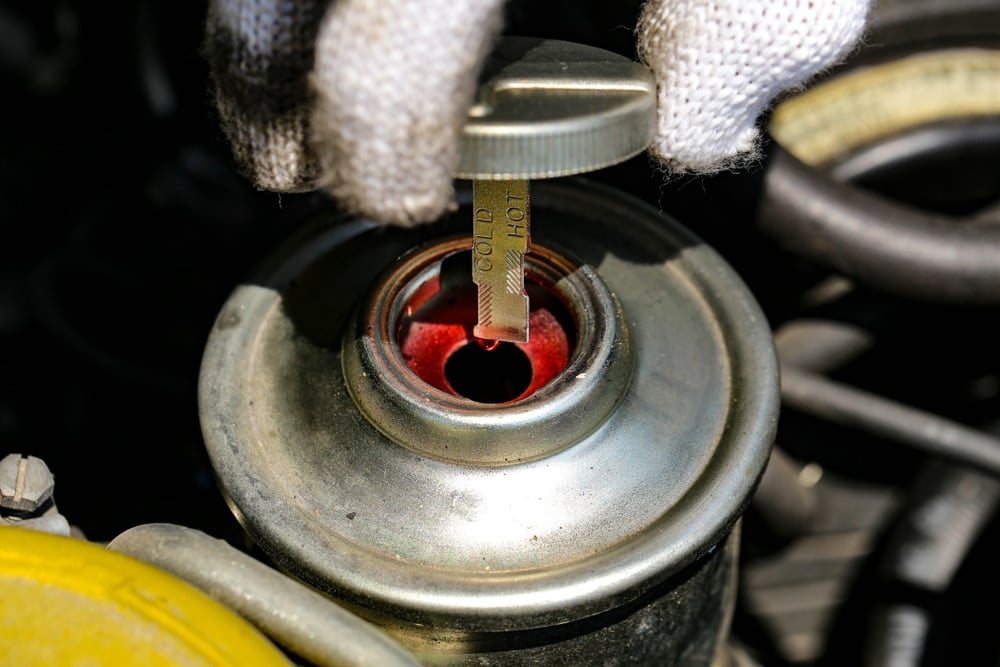
When the pump becomes damaged, metal pieces from it can come apart and mix into the power steering fluid. These shards of metal can damage the passages to the power steering system, leading to even more complications. Not only will the pump need to be replaced, but the steering gear may become damaged and you will need to perform a system flush too.
If you see other types of debris in the fluid, it’s possible you left the cap off. The power steering system is closed, so nothing should infiltrate the system. This problem is normally only caused by human error.
6. Power Steering Symbol On The Dashboard

Among the dashboard warning lights, you may notice the power steering symbol. This light typically has a steering wheel symbol with an exclamation mark. Not all cars have this light, so you can’t rely on it to tell you if something has failed.
As with all warning lights, this indicator is trying to get your attention. While it may not be the pump that’s bad, you still want to examine the system.
The Function Of A Power Steering Pump
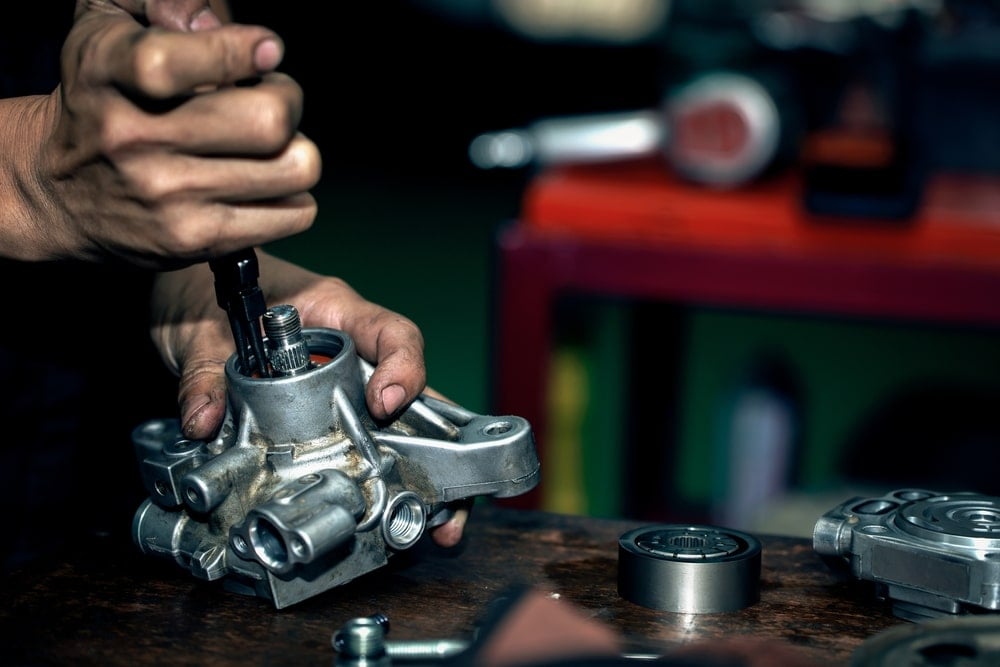
The power steering pump is responsible for pressurizing the hydraulic fluid. This pressure allows the driver to turn the steering wheel with ease.
The pump is powered by a pulley and belt system. Within the pump, there are rotary vanes spinning and pulling hydraulic fluid from the return line. Fluid is then forced into the outlet because of the high pressure.
The amount of pressure that is produced depends on how fast the engine is turning. The faster it is going, the more fluid gets pumped out. Additionally, the pressure relief valve is in place to let the excess fluid return back to the pump.
The majority of vehicles use a hydraulic and mechanical power steering system. However, the pumps do take some efficiency and power away from the vehicle, even when the wheels aren’t turning. For this reason, some manufacturers use an electric pump with the electric power assist instead. These systems are not immune from failure either.
RELATED: Electric vs. Hydraulic Power Steering – Differences, Pros & Cons
Power Steering Pump Location
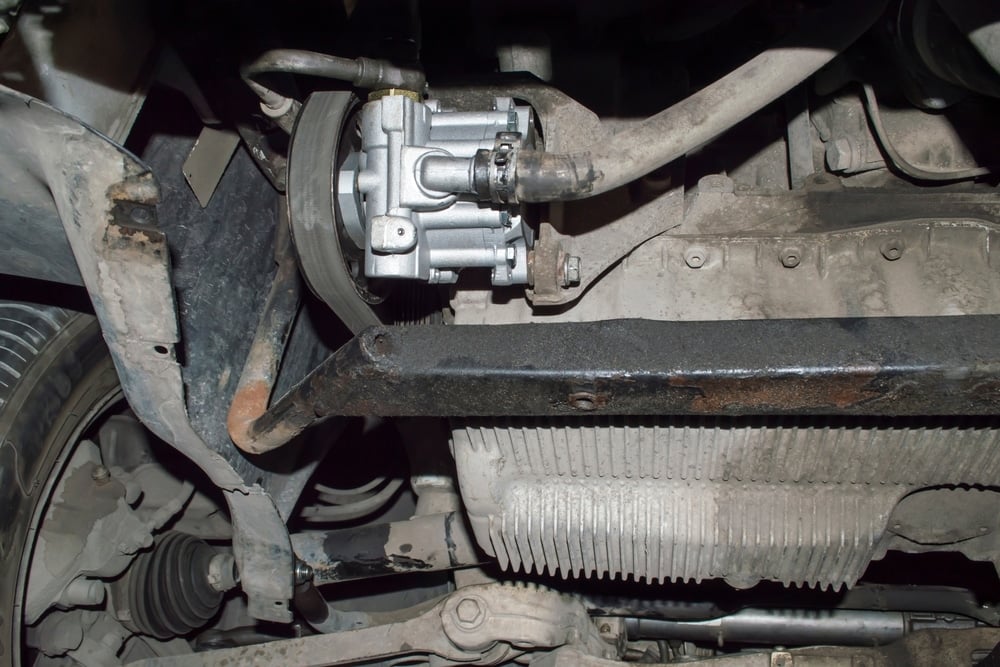
The power steering pump is usually found on the passenger side of the vehicle or in the front of the engine. It’s run by the serpentine belt, so you can find it by tracing this belt.
Steering pump location is also going to depend on what type of drivetrain you have. It’s normally in different locations with front-wheel drive cars versus those equipped with rear-wheel drive.
The electrical steering pump is usually located closer to the steering column, often near the base of it. If you can’t find the location of your steering pump, reference the information in your service manual.
Testing A Power Steering Pump
To check the power steering pump, it’s best to inspect the entire system. You don’t need to be a mechanic if you have some basic tools and expertise.
- Start with the fluid. If there’s not enough fluid, it could exhibit many of the same symptoms. Unscrew the cap to the fluid reservoir and fill it up if it’s low.
- If the power steering fluid is low, you should also look for a leak. Any leak that is found needs to be repaired before you add more fluid.
- If the power steering fluid is full, but you notice metal shards, the pump may have malfunctioned. You’ll need to change the pump and flush the fluid.
- Lift the front end of your vehicle and check the seals of the rack and pinion for any leaks.
- Look for loose belts. Turn on the engine while someone moves the steering wheel. As the wheel is turning, listen for noise coming from the pump. A squealing sound could be the belt or the pump.
Beyond this, you would need to perform a power steering pressure test. However, this isn’t something most home mechanics are going to feel comfortable with. At this point, you may feel better having a professional mechanic take a look at the vehicle.
RELATED: Power Steering Fluid Colors – What Do They Mean?
How Much Does It Cost To Replace A Power Steering Pump?
The average cost to replace a power steering pump is between $500 and $800. The parts may make up about half of the cost, while the labor is responsible for the other portion. If you can replace the power steering pump yourself, you would only need to pay for the parts.
It takes about two to three hours to change a power steering pump in most car models, but this depends heavily on what type of vehicle you drive. It can be more difficult to change a power steering pump on a front-wheel drive vehicle if the pump is down on the side of the motor.
Can you drive with a bad power steering pump?
The engine will still run with the power steering pump malfunctioning, but we don’t recommend driving. The pump is needed to transmit power to the steering wheel, leaving you without steering ability if it fails. Turning the wheel requires far more effort without the pump, so an accident is more likely.
How many hours does it take to replace a power steering pump?
If the pump is easy to access and you have the right tools, you can change it out within two to three hours. However, some pumps are difficult to access, so the time may double. For a professional shop, it will be easier and faster because they have the equipment and tools to finish the job.
How long will a failing power steering pump last?
Once you hear sounds from the power steering pump or notice symptoms, it could fail at any time. Most power steering pumps last 100,000 miles or more. If it fails while the car is still under warranty, you wouldn’t need to pay anything to have it replaced.
How do I know if I need power steering fluid or a new pump?
You can check the power steering fluid level by looking at the reservoir. If the fluid is low, add some more. If it looks dirty or old, it’s best to change it. Also, if the fluid is low, you should try to find the leak and repair it. To diagnose a failing power steering pump, you want to perform a pressure test.
What is the most common failure in a power steering system?
Most often, the power steering system will deal with a leak. This high-pressure fluid pushes through soft hoses that can wear down over time. As the hoses age, warp and start to crack, fluid will start to seep through. Many of the symptoms of low fluid are similar to those of a bad power steering pump, so it’s best to check the fluid first.
We’ve heard that plenty of accidents occur because the power steering system has gone out. Most people aren’t equipped to handle a sudden loss in power steering, causing alarm and panic when it happens. If you can remember to remain calm, you have a better chance of getting through the emergency without causing an accident.
Most importantly, you can prevent the sudden loss of power steering by paying attention to the system. If you notice early signs that something is wrong, don’t procrastinate. Inspect the system or take it to a mechanic before larger problems occur. Your swift action may just save your life.
Categories: Driving, Suspension

